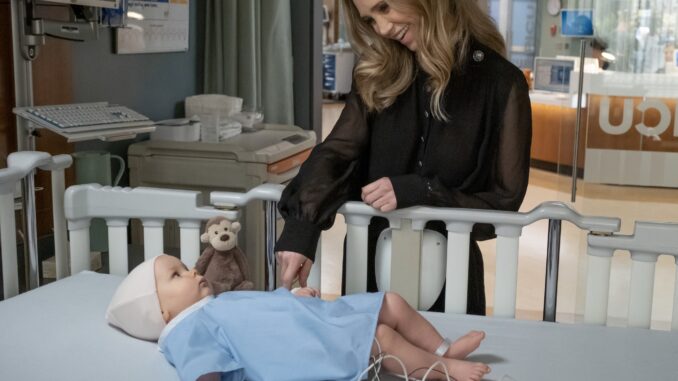
The Good Doctor has been widely praised for its representation of autism through the character of Dr. Shaun Murphy, played by Freddie Highmore. The series presents Shaun as a brilliant young surgeon with autism and savant syndrome, navigating the challenges of working in a demanding hospital environment while proving his capabilities to those who doubt him. His character is portrayed as highly intelligent, compassionate, and ultimately successful, which has helped raise awareness and promote conversations about autism. However, beneath this uplifting narrative lies a grimmer truth—one that many real-life autistic individuals, particularly those without proper support, experience in a much harsher way.
The version of autism depicted in The Good Doctor is inspiring, but it does not fully capture the struggles that many autistic individuals face. Shaun’s story is one of triumph over adversity, where his exceptional abilities grant him a place in a prestigious medical institution. Yet, for many children on the autism spectrum, reality is far less forgiving. Access to education, healthcare, and social services remains a significant challenge, and without adequate support, many autistic children face lifelong struggles that prevent them from reaching their full potential.
In the real world, children with autism often go undiagnosed or misdiagnosed, leading to years of misunderstanding and lack of proper intervention. Many families struggle to find resources, therapies, and support networks that can help their children develop essential life skills. Schools, which should be places of learning and growth, frequently lack the proper accommodations for autistic students, leaving them feeling isolated and misunderstood. While The Good Doctor presents a hopeful perspective, the reality for many is one of neglect, frustration, and systemic failure.

Another grim aspect that the show does not fully explore is the vulnerability of autistic children in society. Studies have shown that individuals on the autism spectrum are at a higher risk of being bullied, exploited, or even abused. Those who struggle with verbal communication or social cues may find it challenging to express when they are in distress, making them particularly vulnerable. Without strong support systems, many autistic children grow up facing extreme difficulties in employment, independent living, and social relationships.
Furthermore, the emphasis on Shaun’s savant abilities, while intriguing for storytelling, is not representative of most autistic individuals. Only a small percentage of autistic people exhibit savant skills, yet media portrayals often focus on these extraordinary cases, creating unrealistic expectations. Many autistic individuals do not have exceptional talents in mathematics, memory, or pattern recognition, yet they are still deserving of opportunities, support, and acceptance. The widespread misconception that all autistic people must possess genius-level abilities to be valued contributes to the neglect of those who need help the most.
The Good Doctor has done an excellent job in increasing awareness of autism, but it only scratches the surface of the deeper, systemic issues that exist. While the show offers an idealized version of an autistic individual’s success, reality paints a much different picture—one where too many children fall through the cracks of an inadequate system. The lack of access to education, healthcare, and social services continues to leave many autistic individuals struggling, unseen, and unsupported.
If The Good Doctor sparks conversations about autism, it should also serve as a reminder that much more needs to be done. Society must work toward better policies, improved access to resources, and a greater understanding of the full spectrum of autism. Awareness is only the first step—true change comes from action, advocacy, and ensuring that every autistic child has the opportunity to thrive, regardless of whether they have savant skills or not.
